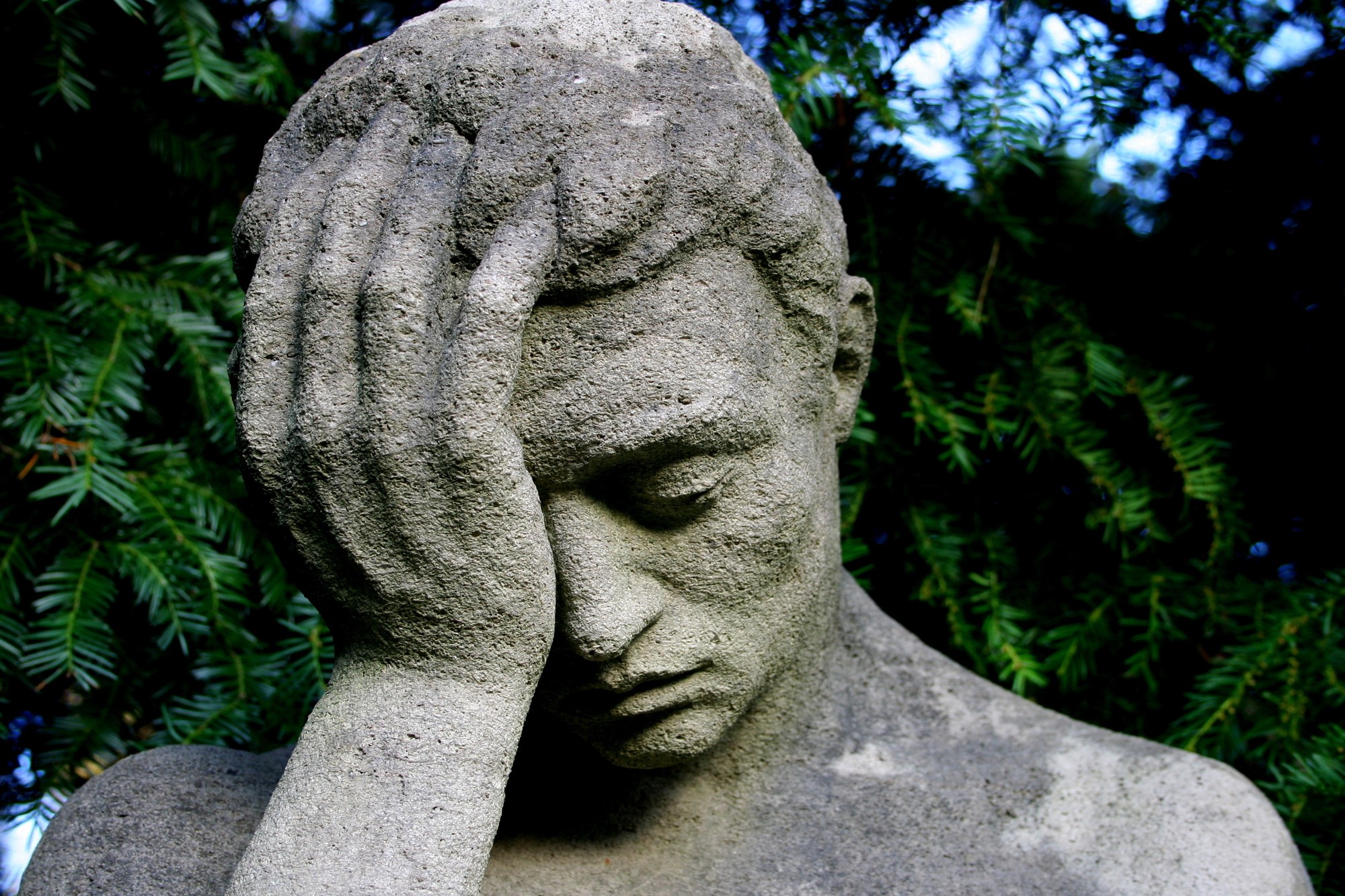“Suicide Kits” for Sale

This article discusses suicide. Following common journalistic ethics practice, precise details about means or resources for committing suicide may have been deliberately left out or altered.
Method matters. Depending on the study, between 80% and 90% of people who attempt suicide and fail do not go on to attempt suicide again. The public health implication is that by regulating the availability of popular and effective means of suicide – mainly firearms and select chemicals and pharmaceuticals – deaths from suicide can be prevented.
Given this, what should we make of the fact that highly purified sodium nitrite, an increasingly popular option for suicide, has been readily available for purchase on Amazon in the United States? A lawsuit filed on September, 29th accuses Amazon and Loudwolf – a sodium nitrite manufacturer featured on Amazon – of “promoting and aiding” the suicide of two teenagers. A Twitter thread by Carrie Goldberg, a lawyer working on the case, characterized Amazon as a “serial killer.”
The case will likely turn on a number of details alleged by the plaintiffs: that Amazon recommendations packaged together sodium nitrite with other supplies and informational materials in so-called “suicide kits”; that Amazon failed to enforce its own policies; that Loudwolf failed to include FDA-required warning labels on sodium nitrite; that Amazon was previously warned and did nothing about sodium nitrite sold on its platform being used in suicides; that no information was included about methylene blue (the recommended treatment for sodium nitrite poisoning); that there is no compelling reason to allow household purchases of pure sodium nitrite; and, of course, that both deaths were minors.
Abstracting away from the details, however, the case is part of a decades-long pattern of the internet facilitating suicide – from providing community, to disseminating information, to assisting the purchase of supplies.
It began in 1990 with alt.suicide.holiday, a Usenet news group (similar to an internet discussion forum). Users would frankly discuss suicide and share tips and resources. While that group is now defunct, there have been multiple variants. The popularity of sodium nitrite as a means of suicide is attributed to a recent iteration. In many U.S. jurisdictions, advising or encouraging suicide is illegal, so these sites’ relationship with the law is complex – so too is their relationship with the media. Such forums begin as niche communities of the suicidal for the suicidal, and end up as New York Times exposés (most recently in December of 2021). Once aware, grieving families and the broader public often push (successfully) for these sites to be shut down or hidden from internet search results.
In contrast to the prevailing public health or prevention narrative of suicide, the leitmotif of these communities is, in their words, “pro-choice.” The idea is that the right to suicide is simply an extension of our personal autonomy and right to self-determination.
Especially in liberal individual rights-oriented contexts, autonomy is an enormously important ethical principle and people are given broad latitude to make their own decisions as long as they do not negatively impact the rights of others.
In American medicine, for example, patients have an almost unlimited license to refuse treatment. However, humans are not always autonomous actors. Children for instance are not allowed to make their own medical decisions. Being intoxicated is another common exception. In rare cases, people have been known to commit sexual assault or other crimes under the influence of the sleep aid zolpidem (Ambien). The defense is that these were not autonomous actions; that they did not flow from the authentic reasons and desires of the offender.
Can suicide be an autonomous act? Under the prevailing medical account of suicide, in which suicide results from serious mental illness, it almost definitionally cannot. In American law, risk of harm to self or others is grounds for violating patient autonomy and forcibly administering treatment.
That a person is suicidal is treated as evidence that they are not in sound mind and not an autonomous decision maker. Suicidality discounts autonomy.
Those in the online suicide “pro-choice” community challenge this logic and hold that suicide can be a reasonable reaction to a person’s life and circumstances, and people should have access to the knowledge and means to kill themselves relatively painlessly. In this they have at least some philosophical company. Thomas Szasz, a controversial Hungarian-American philosopher and psychotherapist, long asserted that suicide was simply a choice as opposed to an expression of sin or illness.
Szasz is an extreme case and was broadly skeptical of the very designation of mental illness. However, in contrast to a previous Christian sanctity-of-life framing, there is growing acceptance in the Western world that suicide may not always be unreasonable. Instead, it can be an understandable response to circumstances in which someone’s quality of life is below some personal threshold. A good case in point is the right-to-die movement, which advocates for medical-aid-in-dying and physician-assisted suicide. Ten states currently have medical-aid-in-dying in which a terminally ill person with six months or less to live is able to request a lethal medicine they can ingest. Supporters of medical-aid-in-dying stress that the practice is distinct from suicide, partly to escape the stigma associated with suicide, but the conceptual distinctions are slippery.
America is comparatively conservative, but several nations have far more permissive laws when it comes to assisted suicide. Belgium, the Netherlands, and Canada, among other countries, allow for voluntary euthanasia on the basis of extensive and untreatable mental suffering even absent terminal illness or, indeed, any physical illness whatsoever. (The ethics of this have been previously discussed here at the Prindle Post.) The 2018 case of Aurelia Brouwers, who was voluntarily euthanized in the Netherlands after years of failed mental health treatment, brought broader attention to the practice. She was the subject of a short film documentary.
Once it is accepted that unbearable suffering alone is an adequate basis for suicide, then distinctions about how long someone has left to live, or whether that suffering is mental or physical become secondary.
The process of seeking assisted suicide on the basis of mental suffering is supposed to have extensive safeguards, yet critics worry that slip-ups happen. Note, though, that the locus of discussion shifts from the act of suicide to the process of doing it responsibly and ethically.
Surprising to some, among the staunchest critics of the right-to-die movement are segments of the disability rights movement. The concern is that people may be pressured into choosing assisted suicide due to discrimination against people with disabilities or inadequate medical care, i.e. that these decisions are not fully autonomous. Of course, there will always be reasons for suicide, and these reasons may often be due to larger social and economic failings. Poverty is a known contributing factor to suicide. How reasonable this is may depend on where one is standing. In individual cases it is partly the environmental factors – poverty, debt, personal tragedy, discrimination – that can make suicide seem an appropriate response to circumstance. And yet, it may appear ghoulish to have a state-sanctioned process that facilitates suicides partly driven by these factors that the state itself perpetuates (or at least is often in the best position to address.)
Negotiating the appropriate policy prescription remains an impossible task. Mental health professionals, suicide prevention advocates, the American right-to-die movement, disability rights activists, and the online suicide pro-choice community can all share a broader commitment to self-determination and yet disagree vehemently about specific issues: when suicide is an autonomous act, what kind of safeguards need to be in place, what counts as unbearable suffering (or a lack of possibility of improvement), and what action is justified to prevent suicides.
Still, vanishingly few people would consider 16-year-olds killing themselves with online instructions and chemicals purchased on the internet as anything other than a tragedy.
It is statistically likely that had the teens in the lawsuit against Amazon attempted suicide with a less lethal method, they could have been successfully treated and their suicide attempt would have been a thing of the past.
Without speculating on the details of the specific case, it is nonetheless worth acknowledging that Amazon, whatever its failing as a corporation, cannot be the sole cause of this or any suicide. People are seeking information and supplies. And at least some suicides will default to known, highly lethal methods like firearms. It is also true that while the majority of those who attempt suicide and fail do not attempt again, previous suicide attempts are the single biggest risk factor for a later successful suicide. Put cynically, there is a demand. Regulating supply, while important given the relevance of the method, can only do so much. Suicide often exists at the intersection of means, mental health, and personal and environmental circumstance.
One relatively radical way to think about suicide would be as a regulated right – something permitted but tightly controlled. The provision of medical care and mental health care would presumably be part of seeking state-sanctioned suicide. People would need to have good reasons (whatever society decides those reasons are) for seeking materials-for or aid-in suicide, and undergo an appropriate approval process.
As countries like the Netherlands and Canada illustrate, negotiating what this approval process should be like is fraught. The balancing point of different communities with an interest in suicide including the suicidal, their families, mental health professionals, disability rights activists, religious communities, and the state will undoubtedly be a precarious one. Nonetheless, taking seriously the demand for suicide could plausibly help to bring suicidality out of the dark as something that people can talk seriously about and potentially get treated for. Surely a society ought to inquire as to why its citizens wish to take their own lives.
If you or someone you know is struggling with thoughts of suicide, (prevention-focused) resources can be found at SpeakingOfSuicide.com/resources.




